Painting is an activity that exposes you to several potentially harmful chemicals, such as paints and solvents, and requires the careful selection of personal protective equipment (PPE), particularly filters for respiratory masks. Choosing the right filter means ensuring the safety, effectiveness and durability of the device itself.
Type A filters for most paints and solvents
In most cases, the paints and solvents used are composed of organic substances whose boiling point is above 65°C. For these situations, it is recommended to use type A filters, specifically designed for organic vapours with boiling points above this threshold.
Next to the A filter, it is essential to combine a prefilter with at least P2 classification. The prefilter has a very important dual function:
To filter out solid particles: during painting, particles of titanium dioxide, silver and silicon dioxide are present in the paint. These microparticles are effectively retained by the P2 prefilter, thus protecting the anti-gas part (active carbon) of the main filter.
Blocking overspray: overspray is the return of undeposited paint particles to the surface to be painted. Without a suitable prefilter, these particles would quickly clog the activated carbon of the filter, necessitating its early replacement.
The practical result is that the P2 prefilter, once clogged, can be easily replaced, significantly extending the life of the gas filter and maintaining high protection.

When to choose AX filters
There are also more volatile solvents, such as acetone, characterised by a boiling point below 65°C. These require a different type of filter, namely AX filters, designed for organic vapours with a low boiling point.
In the presence of these solvents, the use of the AX filter is mandatory to ensure effective protection against the most volatile and dangerous fumes.
Please refer to the following table for a detailed guide to selecting the right protection:
| ◉ | A | Organic gases and vapours with boiling points > 65 °C |
| ◉ | AX | Organic gases and vapours with boiling point ≤ 65 °C |
| ◉ | B | Inorganic gases and vapours (e.g. chlorine, hydrogen sulphide, hydrogen cyanide) |
| ◉ | E | Acidic gases and vapours (e.g. sulphur dioxide, hydrochloric acid) |
| ◉ | K | Ammonia and derivatives |
| ◉ | Hg | Mercury vapours |
| ◎ | P | Dusts, mists, fumes |
The golden rule: always consult the safety data sheet
Each chemical has specific characteristics that determine its risk and the type of protection needed. For this reason, it is always a good idea to consult the safety data sheets of the substances used in painting before choosing a filter.
This practice makes it possible to correctly identify the type of filter (A or AX) and the most appropriate prefilter class, avoiding mistakes that could compromise operator safety.
If you have any doubts or would like to learn more about the choice of PPE for your painting business, the BLS team is at your disposal for personalised advice and tailor-made solutions.





